MOLLUGIN
Synonym(s):6-Hydroxy-2,2-dimethyl-2H-naphtho(1,2-b)pyran-5-carboxylic acid methyl ester;Rubimaillin
- CAS NO.:55481-88-4
- Empirical Formula: C17H16O4
- Molecular Weight: 284.31
- MDL number: MFCD02752331
- EINECS: 683-209-5
- SAFETY DATA SHEET (SDS)
- Update Date: 2025-12-26 12:07:08
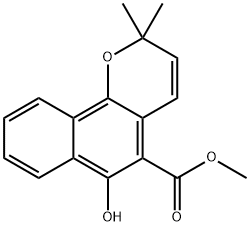
What is MOLLUGIN?
The Uses of MOLLUGIN
Mollugin is an anti-tumor agent inducing apoptosis and autophagy in various cancer models.
Definition
ChEBI: Rubimaillin is a benzochromene that is 2H-benzo[h]chromene which is substituted by two methyl groups at position 2, a methoxycarbonyl group at position 5, and a hydroxy group at position 6. Found in the Chinese medical plant Rubia cordifola, It has an anti-cancer effect by inhibition of TNF-alpha-induced NF-kappaB activation. It is also a dual inhibitor of acyl-CoA:cholesterol acyltransferase 1 and 2 (ACAT1 and ACAT2), but is more selective for the ACAT2 isozyme. It has a role as a plant metabolite, an acyl-CoA:cholesterol acyltransferase 2 inhibitor, a NF-kappaB inhibitor, an antineoplastic agent, an apoptosis inducer, a neuroprotective agent and an anti-inflammatory agent. It is a benzochromene, a methyl ester and a member of phenols.
Properties of MOLLUGIN
| Melting point: | 132~134℃ |
| Boiling point: | 453.2±45.0 °C(Predicted) |
| Density | 1.239±0.06 g/cm3(Predicted) |
| storage temp. | 2-8°C |
| solubility | Chloroform (Slightly), Ethyl Acetate (Slightly) |
| form | Solid |
| pka | 8.40±0.40(Predicted) |
| color | Yellow to Green |
Safety information for MOLLUGIN
| Signal word | Warning |
| Pictogram(s) |
 Exclamation Mark Irritant GHS07 |
| GHS Hazard Statements |
H302:Acute toxicity,oral |
Computed Descriptors for MOLLUGIN
New Products
4,4-Difluoropiperidine hydrochloride tert-butyl 9-methoxy-3-azaspiro[5.5]undecane-3-carboxylate Indole Methyl Resin N-Isopropylurea N,N-Dicyclohexylcarbodiimide(DCC) MELDRUMS ACID 5-METHYLISOXAZOLE-4-CARBOXYLIC ACID Magnessium Bis glycinate Zinc ascorbate 1-bromo-2-butyne 2-acetamidophenol 9(10H)-anthracenone Erythrosin B, 4-Piperidinopiperidine 2-((4-morpholinophenylamino) (methylthio) methylene) malononitrile 2,4-dihydroxybenzaldehyde 3-(4-morpholinophenylamino)-5-amino-1H-pyrazole-4-carbonitrile Methyl 2-methylquinoline-6-carboxylate 2,6-dichloro-4-nitropyridine 4-Bromo-2-chlorobenzonitrile 2-(benzylamino)acetic acid hydrochloride 4-(tert-Butoxycarbonylamino)but- 2-ynoic acid 3,4-dihydro-2H-benzo[b][1,4]dioxepine 1-Phenyl-1-cycloprppanecarboxylicacidRelated products of tetrahydrofuran
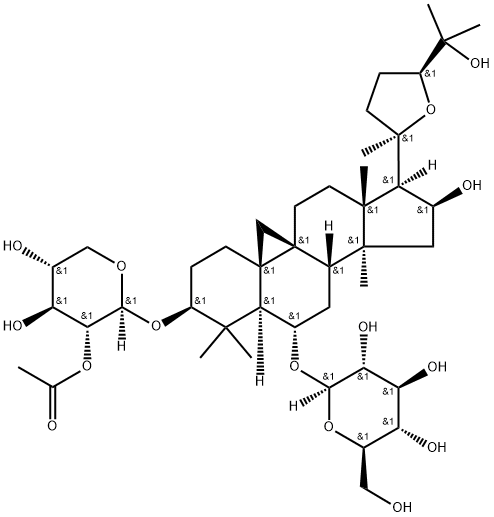
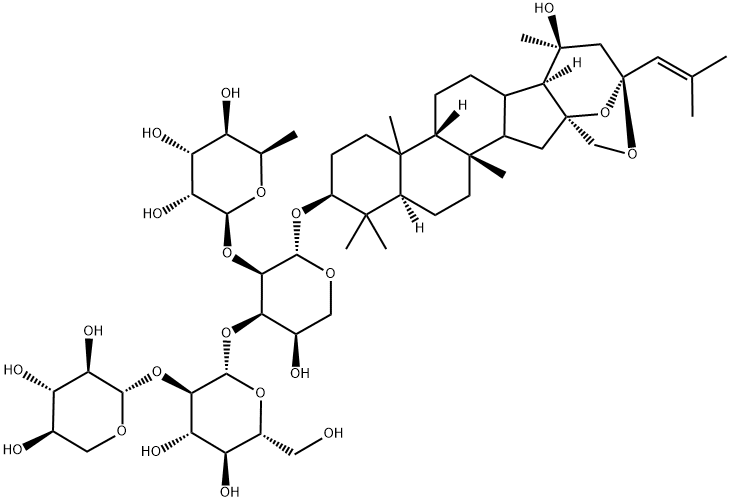
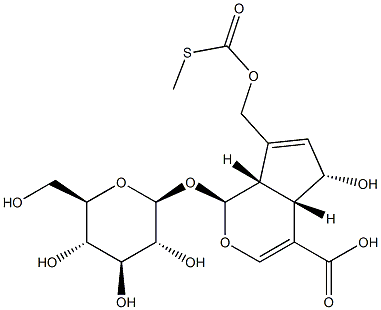
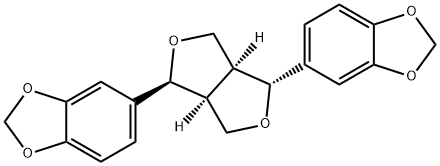
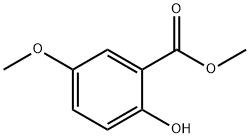
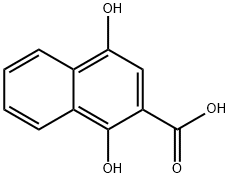
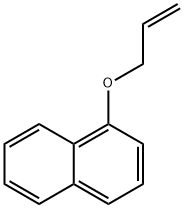
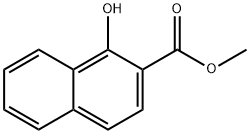
You may like
-
 Mollugin CAS 55481-88-4View Details
Mollugin CAS 55481-88-4View Details
55481-88-4 -
 Mollugin CAS 55481-88-4View Details
Mollugin CAS 55481-88-4View Details
55481-88-4 -
 3-(4-amino-1-oxoisoindolin-2-yl)-1-methylpiperidine-2,6-dione 98%View Details
3-(4-amino-1-oxoisoindolin-2-yl)-1-methylpiperidine-2,6-dione 98%View Details -
 614-19-7 98%View Details
614-19-7 98%View Details
614-19-7 -
 20677-73-0 (2,2-diethoxyethyl)methylamine 98%View Details
20677-73-0 (2,2-diethoxyethyl)methylamine 98%View Details
20677-73-0 -
 3-(4-(hydroxyamino)-1-oxoisoindolin-2-yl)piperidine-2,6-dione 98%View Details
3-(4-(hydroxyamino)-1-oxoisoindolin-2-yl)piperidine-2,6-dione 98%View Details -
 57381-49-4 2-bromo-4-chlorobenzonitrile 98%View Details
57381-49-4 2-bromo-4-chlorobenzonitrile 98%View Details
57381-49-4 -
 4,6-dichloropyrimidine-5-carbaldehyde 98%View Details
4,6-dichloropyrimidine-5-carbaldehyde 98%View Details
5305-40-8
